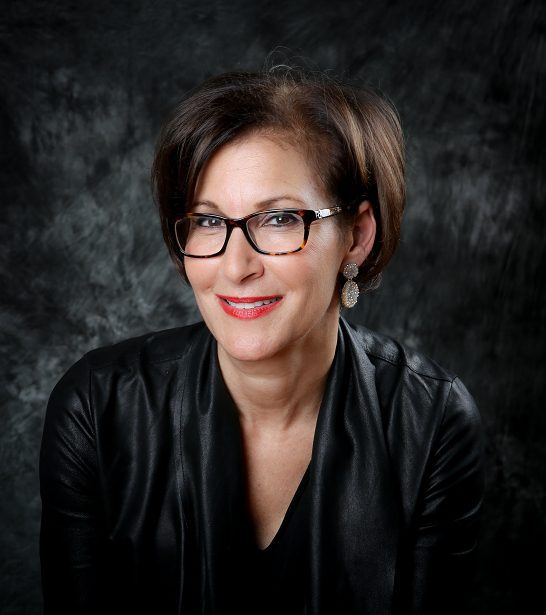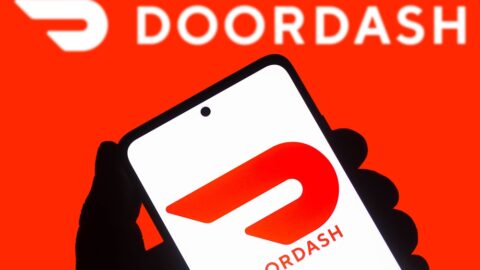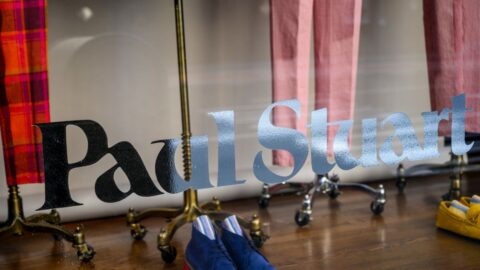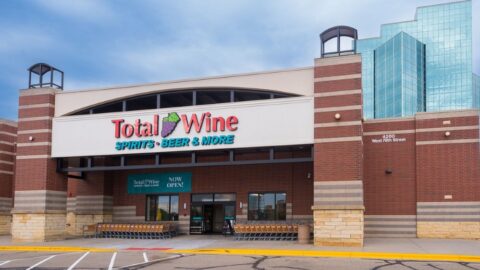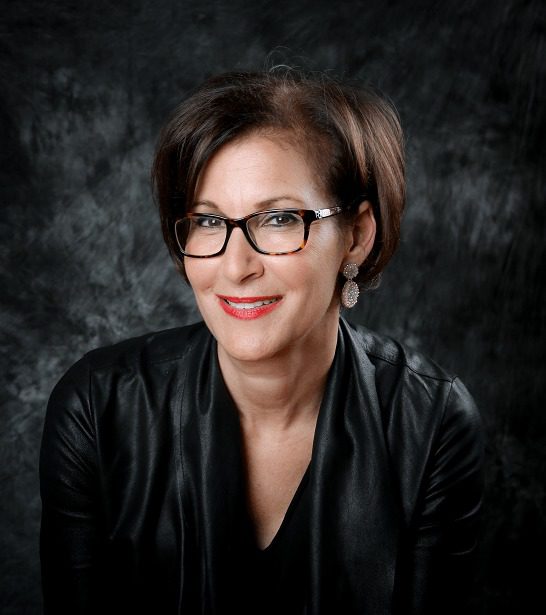 Generating close to $2 billion in sales from 770 campus bookstores, Barnes & Noble College is the largest subsidiary of Barnes & Noble Education, a public company that is a separate entity from Barnes & Noble Booksellers.
Generating close to $2 billion in sales from 770 campus bookstores, Barnes & Noble College is the largest subsidiary of Barnes & Noble Education, a public company that is a separate entity from Barnes & Noble Booksellers.
Acknowledging competition from online sources and other competitors, Barnes & Noble College recently expanded its national and generational research initiatives by launching a detailed research strategy, called Project 770, to better understand each specific target audience for every one of the 770 stores. In total, Project 770 generated responses from 176,000 students. And as a follow up to the research findings, local store managers are empowered to implement the best strategies they see fit for their target customers in keeping with the company’s almost 50-year culture.
In this exclusive Q&A, Lisa Malat, VP and CMO, Barnes & Noble College shares details into the hyper-local retail strategy and advice for other retailers. Malat has worked at the company for the past 20 years and began her retail career at Macy’s, 13 years prior.
Retail TouchPoints (RTP): How was the Project 770 approach conceived?
Lisa Malat: We had been doing other research, including generational studies around Millennials and Gen Z, as well as non-traditional older students. We also looked at 2- and 4-year school populations differently. And we have communicated with Freshmen differently than Seniors. We always listened and acted on that data. So, understanding what is influencing our customers’ behaviors and purchase decisions has always been baked into our strategies. But we realized we needed to do more than that and look at the individuality of each campus even more deeply. Each one has a unique culture and demographic. We needed to drill in on that and come up with much more targeted and focused strategies.
For example, with our nearly 100 café stores we learned that there was a lack of awareness on campuses with the students, faculty and administration about our offerings. So, we developed messaging and campaigns designed to promote our offerings — and we saw an increase in traffic and sales as a result.
RTP: How did you put together the questions for the research?
Malat: We have a dedicated research department that was established 6 years ago – Barnes & Noble College Insights. We had used outside survey partners, but we wanted to develop our own community to reach out to. We established a student Point Of View (POV) committee comprised of approximately 10,000 students that we reach out to all year. We execute large and small research studies with our community, as well as quick polls to stay on the pulse of the market. For project 770, we tapped into the community to look at past research and provide suggestions for new research questions. We have established close to 30 different demographic and sociographic segments so we can slice and dice our target audience to be most meaningful. This has not only been critical to our core business, but we work with brand partners to help gather intelligence about this market and their own products and services.
POV Committee participants receive points for their participation, which turn into $10 Barnes & Noble gift cards. It’s not very much of a monetary incentive, but we also learned that this generation of students really want to tell us how they feel and share their opinions. They also want to see new initiatives implemented.
RTP: What are the specific business challenges that this new hyper-local approach will resolve?
Malat: I think a lot of retailers today are struggling to keep customers coming back into the store. We have been working on that challenge by holding events that keep students engaged. Other than that, we are looking to improve sales, improve the bottom line and deliver value to our shareholders. Also, our mission is to serve higher education. Our store managers are part of their universities and work together with university faculty to help the students succeed both in and out of the classroom. For example, we are working together to answer the question: How do we make course materials more affordable for students?
Results from the Project 770 research also have brought to light some other challenges. For example, we found out that close to 60% of students buy on impulse when they come into the stores. So, we need to ensure we’re always flowing in new product and new fashion. Then we need to figure out how to communicate that to the student database.
RTP: What are the takeaways for other retail businesses struggling with some of the same challenges?
Malat: Make sure you are staying close to your customers and understand their needs at the local level. We started with broad research but more and more we have been able to narrow in and take a more surgical approach — that is when we started to see bigger home runs. To do it successfully you need to have a relationship with your customers. You need to be more than the transaction.
Also, it has to be local. You need to empower your local team. There is only so much you can push down from the home office. The store managers are part of the experience every day. Their voices need to be heard in corporate.
We do a lot of listening with our store managers. There is a dedicated group that comes to the home office to share feedback on a quarterly basis. When you put that together with the consumer piece, you have to be sure your company culture has a level of trust. We have really nurtured that over the last 50 years. Our store managers are very vocal with us. We may not always like what they have to say, but it is critically important to allow them to be honest.
RTP: Do you anticipate changes from the merchandise and supply chain perspective, based on the research results?
Malat: I do think there will be things that will come up — for example, we may be missing an entire category and need to get deeper into our product development efforts and private label offering. We know that every school will present a different challenge. At the home office level, we develop an assortment plan, but then the store managers choose the graphics we put on all the clothing for their store; they also select colors and a range of sizes for their customers. We know we need to continue to transform and stay aligned with what the customers are looking for.
RTP: How are you marketing the project internally and externally?
Malat: Our big launch happened at our annual meeting. Each campus bookstore manager received a hard copy report card that they took back to campus to socialize with key stakeholders. The idea was to identify strategies that will really move the needle in time for the fall rush. We worked together to construct action plans, then we’ll all get back together after the fall rush to evaluate those plans.
We also are celebrating the results via the company portal. We plan to be very transparent and celebratory throughout the company.
Recently we invited the regional managers in to the home office to share feedback. They talked about the power of the Project 770 report — saying it is the most important tool they have to impact the bottom line in the stores. Our university partners also are impressed — they say we know their students better than they do.
RTP: Do you have advice for other aspiring retail executives?
Malat: I would say ‘go broad’ — don’t pigeon-hole yourself into an individual area. Seek out experiences and opportunities to understand the business at all levels. It will help you be a stronger executive and make better business decisions. At Macy’s I was fortunate to be able to be accepted into the executive training program, then move around to many areas in retail at the company: sales, merchant operations, customer service, distribution and other areas. Today I am able to understand every discipline enough to make decisions that are best for everyone.
Also, find an area that is underdeveloped, where there may be a big opportunity, and go for it. Just find something that is not being done and do it. Take the risk.
Finally, just be nice. Be kind. Be respectful of people along the way. That is the kind of leader you want to be.



